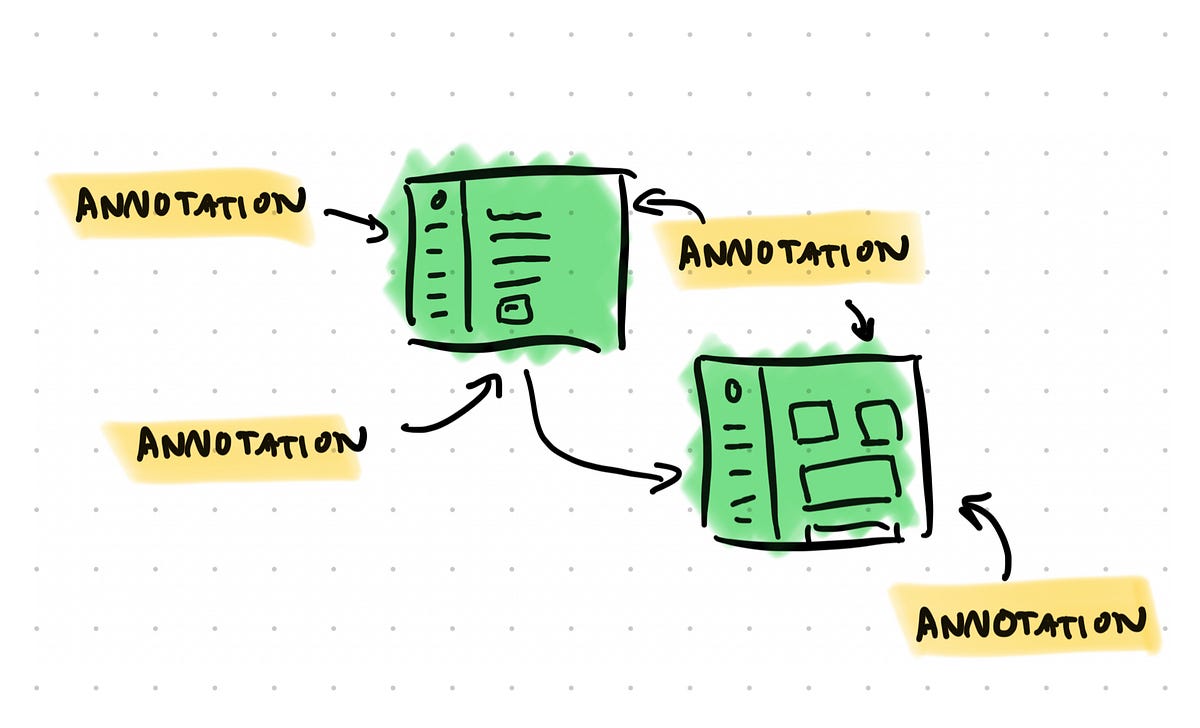
"I want to tell you about my favorite apple. It's incredible. It's hands down the most delicious apple of all time! When you see it hanging on a tree, its color invites you to come closer and take a bite. When it's ripe, the flavor is amazing, complemented with a delightfully pleasing texture. It's a fantastic fruit that fills you with delight."
"Now, what kind of apple did you imagine? Was it red, green, or yellow? Was the taste tart, sweet, or mild? Where did you imagine that tree...in a field, backyard, or in an orchard? Every person reading this description has a different kind of apple in mind. Yet, we're all speaking the same language, using the same terms to talk about the same apple. The language is the same, but the ideas in our heads are different."
"Imagine a product team spends weeks planning a major feature redesign. Everyone attends the kickoff meeting. The product manager presents the strategy doc. It's thorough. It's well-written. It covers all the bases. Heads nod around the room. Engineering gives a thumbs up. Architecture gives green lights. UX flashes a smile. The scope is clear. The goals are documented. Everyone agrees this is the right direction."
A vivid apple description evokes different personal images despite identical words. Individuals commonly use the same language while forming distinct mental models and expectations. This misalignment appears frequently in meetings, planning sessions, design reviews, and documents. Teams can signal agreement through nods and approvals while holding divergent assumptions about scope, goals, and implementation. Those hidden differences produce confusion, frustration, rework, and failed reviews when tangible outputs surface. Clear alignment requires surfaced assumptions, explicit definitions of scope and success, regular checkpoints that validate shared understanding, and iterative clarification to prevent costly surprises later in development.
Read at Medium
Unable to calculate read time
Collection
[
|
...
]